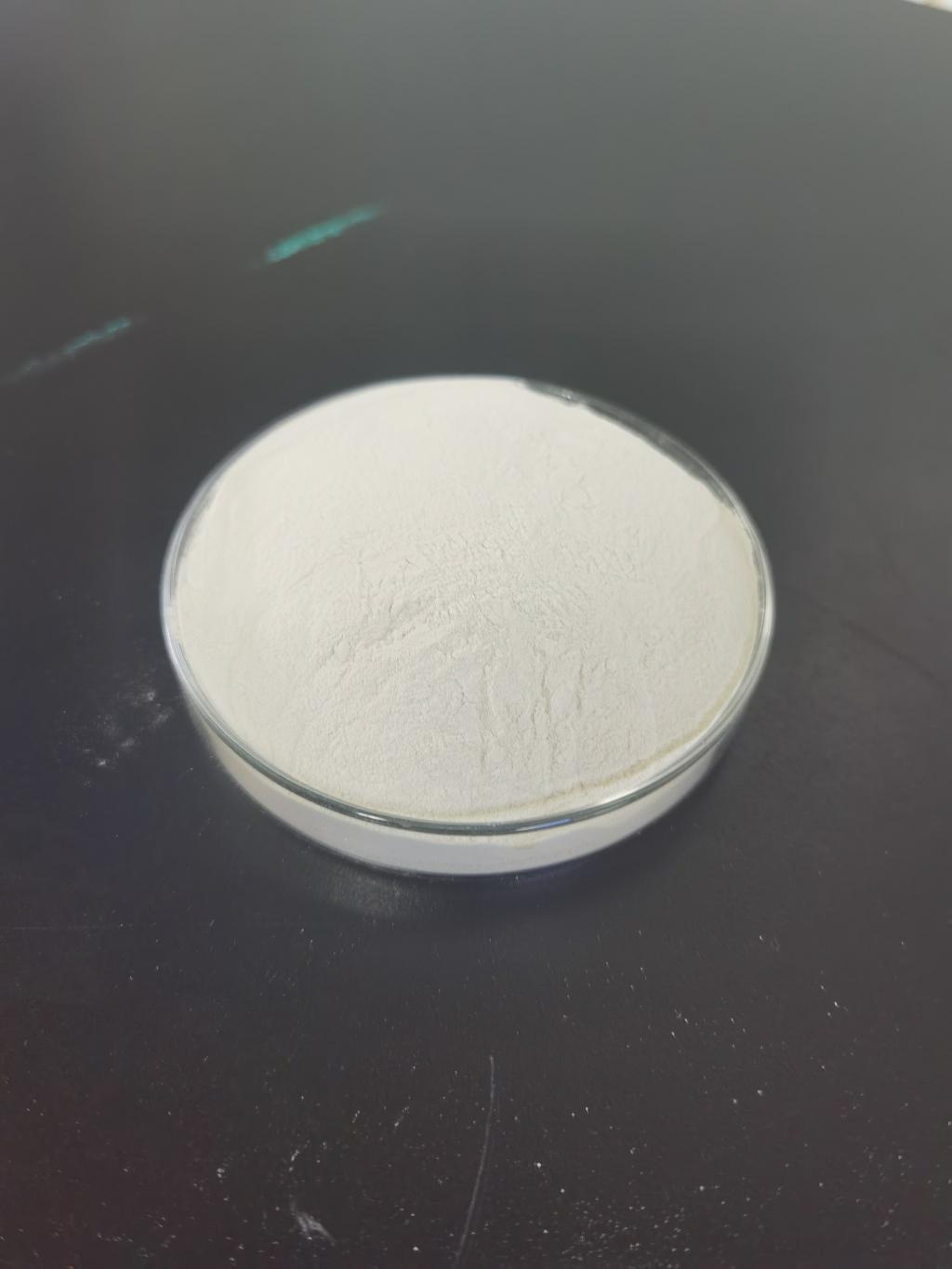
Nisin's role in reducing food waste.
TIME:2024-05-17
Food waste is a global challenge that affects economies, ecosystems, and communities around the world. According to the Food and Agriculture Organization (FAO) of the United Nations, approximately one-third of all food produced for human consumption is lost or wasted each year, amounting to about 1.3 billion tons. This waste not only squanders valuable resources such as water, land, and energy but also contributes to environmental degradation, greenhouse gas emissions, and food insecurity. In the face of this crisis, innovative solutions are needed to minimize food waste and promote sustainability throughout the food supply chain. Nisin, a natural antimicrobial peptide with broad-spectrum activity against spoilage microorganisms, has emerged as a promising tool for reducing food waste by extending the shelf life of perishable foods and preserving their quality and safety. This article explores the multifaceted role of nisin in combating food waste, from its mechanisms of action to its practical applications and potential benefits.
The Mechanisms of Nisin's Action:
Nisin is a naturally occurring antimicrobial peptide produced by certain strains of lactic acid bacteria, particularly Lactococcus lactis. It acts by disrupting the integrity of bacterial cell membranes, leading to leakage of cellular contents and eventual cell death. Nisin's mechanisms of action include:
- Binding to Lipid II: Nisin binds to the cell wall precursor lipid II, inhibiting cell wall synthesis and disrupting the structural integrity of bacterial cell membranes.
- Pore Formation: Nisin forms pores or channels in bacterial cell membranes, allowing ions and small molecules to leak out and leading to cell lysis and death.
- Antibacterial Activity: Nisin exhibits broad-spectrum antibacterial activity against a wide range of Gram-positive bacteria, including spoilage organisms such as Listeria monocytogenes, Staphylococcus aureus, and Bacillus cereus.
Practical Applications of Nisin in Reducing Food Waste:
-
Preservation of Dairy Products: Nisin is commonly used in dairy products such as cheese, yogurt, and sour cream to inhibit the growth of spoilage bacteria and extend shelf life while preserving texture and flavor.
-
Preservation of Meat and Poultry: Nisin can be incorporated into meat and poultry products such as deli meats, sausages, and canned meats to prevent microbial spoilage, maintain freshness, and enhance safety during storage and distribution.
-
Preservation of Bakery Products: Nisin is added to bakery products such as bread, pastries, and cakes to inhibit mold growth, prolong shelf life, and preserve the softness and freshness of the products.
-
Preservation of Ready-to-Eat Meals: Nisin can be included in ready-to-eat meals, soups, and sauces to prevent microbial contamination, maintain texture and flavor, and ensure product safety and quality throughout the shelf life.
Benefits of Nisin in Reducing Food Waste:
-
Extended Shelf Life: By inhibiting the growth of spoilage microorganisms, nisin extends the shelf life of perishable foods, reducing the likelihood of premature spoilage and waste.
-
Improved Food Safety: Nisin helps enhance the safety of food products by reducing the risk of contamination with pathogenic bacteria such as Listeria monocytogenes and Staphylococcus aureus.
-
Enhanced Sustainability: By minimizing food waste and increasing the efficiency of food production and distribution, nisin contributes to greater sustainability and resource conservation throughout the food supply chain.
-
Cost Savings: Reducing food waste can lead to significant cost savings for food manufacturers, retailers, and consumers, as well as potential benefits for the environment and society as a whole.
Challenges and Considerations:
-
Regulatory Approval: The use of nisin in food products is subject to regulatory approval in many countries, and manufacturers must ensure compliance with relevant regulations and guidelines.
-
Optimal Concentration: Determining the optimal concentration of nisin in food products requires careful consideration of factors such as pH, temperature, and the specific microorganisms present.
-
Consumer Acceptance: Some consumers may have concerns about the use of antimicrobial agents such as nisin in food products, highlighting the importance of transparency, labeling, and communication regarding their safety and efficacy.
Conclusion:
Nisin's role in reducing food waste extends beyond its antimicrobial properties to encompass broader benefits for sustainability, food safety, and economic efficiency. By inhibiting the growth of spoilage microorganisms, extending shelf life, and preserving food quality and safety, nisin helps minimize waste throughout the food supply chain, from production and processing to distribution and consumption. As global efforts to combat food waste and promote sustainability continue to intensify, nisin stands out as a valuable tool for achieving these goals, offering practical solutions for reducing waste, enhancing efficiency, and ensuring the availability of safe, nutritious, and affordable food for all.

 CONTACT
CONTACT




